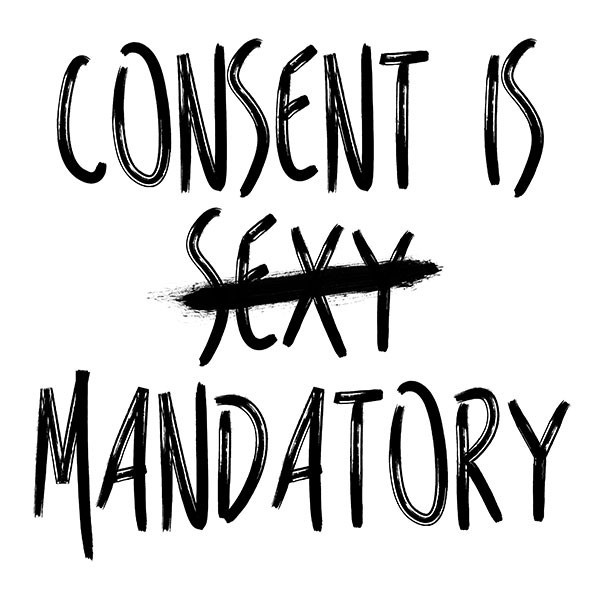Victim blaming in sexual assault cases

The “blurred lines” of consent a large amount of individuals have largely contributed to victim blaming.
January 27, 2017
Sexual assault has always been an acknowledged problem, but it is an issue that is discussed less in dealing with matters such as victim blaming. Instead of measuring the length of a rapist’s prison sentence, society is measuring the length of the victim’s clothing, therefore placing the guilt of assault on victims and not their attacker. This common occurrence is immoral at the highest standards and is the reason for the growth of rape culture.
Due to many individuals’ blurred lines of consent, any normal action is often considered as “asking for it.” A revealing clothing item, a kind smile, or even a nice word or two are a hallowing number of people’s idea of an invitation to violation. This ideology has made almost an entire generation more afraid of how they act or what they wear, then of the danger out to get them.
Victim blaming creates more and more overlooked assault cases. Stanford student Brock Turner raped an intoxicated unconscious woman behind a dumpster after a party. His family pleaded to the court saying that a heavy conviction would “ruin their son’s reputation.” Turner was only sentenced to three months in jail, while his victim will suffer for life. While some steps taken in response to this case were effective, one of the action Stanford took was to ban hard liquor at parties. This action insinuates that alcohol abuse is an excuse for rape. While alcohol abuse has its own problems, it is never a valid excuse for assault. While this case is highly publicized, it is just one of the 683,000 rape cases that occur each year – most of which do not get any media coverage.
This issue appears everywhere in society, even in its less acknowledged forms. When an inappropriate picture gets taken without consent, the subject is ridiculed while the photographer is praised. When a teenager is taken advantage of at a party, the only question they’re asked is how much they had to drink. These forms of victim blaming are growing into a casual place in society and are detrimental to true justice in these assaults.
For every case a victim prevails, there is another where rape does. Though it will be a long process, humanity needs to understand there is no valid reason for assault of any kind. Once this fact is accepted, we may live in a world where consent is no longer viewed as “sexy,” but mandatory.










